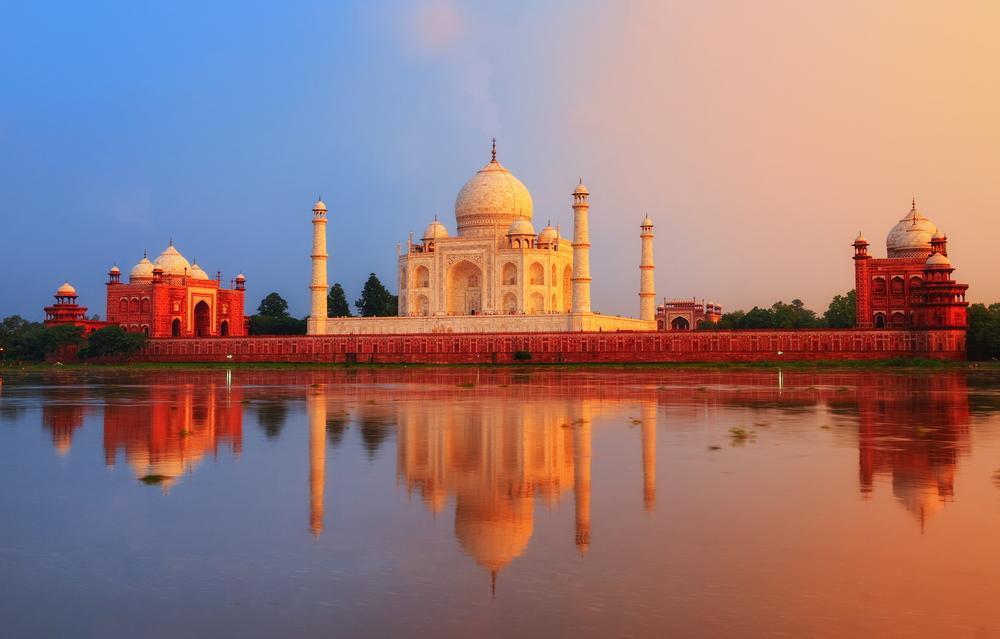
Monday’s ‘Great Fall of China’ left the financial world in shock, with trillions being wiped from markets globally on fears that the world’s second biggest economy may be about to suffer a collapse. China’s economy is having a tricky time of it and investors are clearly shaken.
However, as one country’s economy goes downhill, another’s has the chance to shine; and now could be the moment for India to take centre stage. Its output growth accelerated to 7.5% last quarter, putting it ahead of China as the world’s fastest-growing large economy.
Without a doubt, India is emerging as a challenger to China’s global status. After the US and China, it is the world’s third largest economy and its growth is impressive; India’s gross domestic product grew a staggering 7.2 percent in 2014. Its growth forecast for this year is 6.4 percent, well above that of the global growth rate of 3 percent. Last year’s election saw Narendra Modi voted in as Prime Minister, leading a government focused very much on expanding opportunities in India and cultivating its status as a business hub.
Meanwhile, the bubble in China is bursting; figures released in August show that factory output has shrunk to its lowest in six years, and its national debt stands at 282 percent of its GDP. The social demands of such a large nation, including welfare and medical treatment, are rising faster than the country’s GDP could ever hope to fund. Could this be India’s time to move out from the shadows?
One of the biggest forms of encouragement for investment in India is the Modi’s economic reforms.
His new programme, Make in India, is designed to facilitate investment, foster innovation and enhance skill development. It includes plans to improve the country’s infrastructure and create five smart cities in progress as a part of the Delhi-Mumbai Industrial Corridor, as well as high speed train projects.
In January, Modi’s cabinet okayed plans to auction mineral rights, to increase transparency and boost government revenue; as well as attracting new investors. The new regime, besides incentivising technology assimilation by the Indian mineral industry, is also expected to boost raw material security to consumer industries like steel and aluminium makers.
Modi also has plans to infuse Rs.70,000 crore of capital into India’s state run banks over the next four years. The decision to infuse such a large amount in state-owned banks, which roughly account for 70% assets of India’s Rs.92.5 trillion banking industry, is a signal that the government cares for the
If further proof of the country’s potential is needed, several multi national corporations have recently moved operations or set up subsidiaries in India, including Amazon, Starbucks, Uber, Foxconn and even the US presidential candidate Donald Trump.
However, India did not remain unaffected by Monday’s crash, with its benchmark index Sensex, falling 1,625 points—its biggest single day fall ever. However it appears to have followed the example of European indexes and rallied slightly, up around 2 percent today.
Whilst Modi has plenty of ambitious plans for India’s economy, many of them are yet to be put into motion. India’s monsoon season parliament session has just closed – without a single law being passed; and they need to be, to attract the investment Modi wants. India’s business infrastructure is notoriously behind other countries, with applications to register a new business taking 30 days, as opposed to the 2.5 days in Australia. Similarly, may argue that their tax laws are out of date and even amount to ‘tax terrorism’. India’s has had several highly publicised battles with local subsidiaries of foreign businesses, including Vodafone, Nokia, and more recently Nestle, which have attracted global scrutiny and perhaps put off potential investors.
